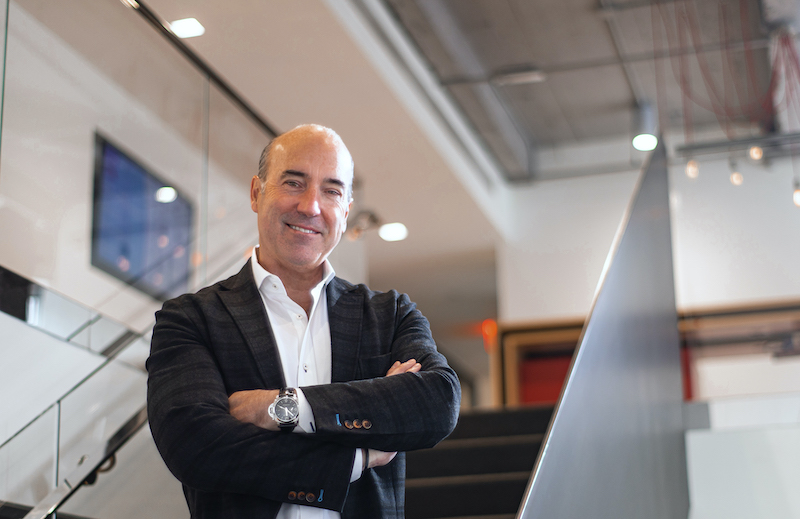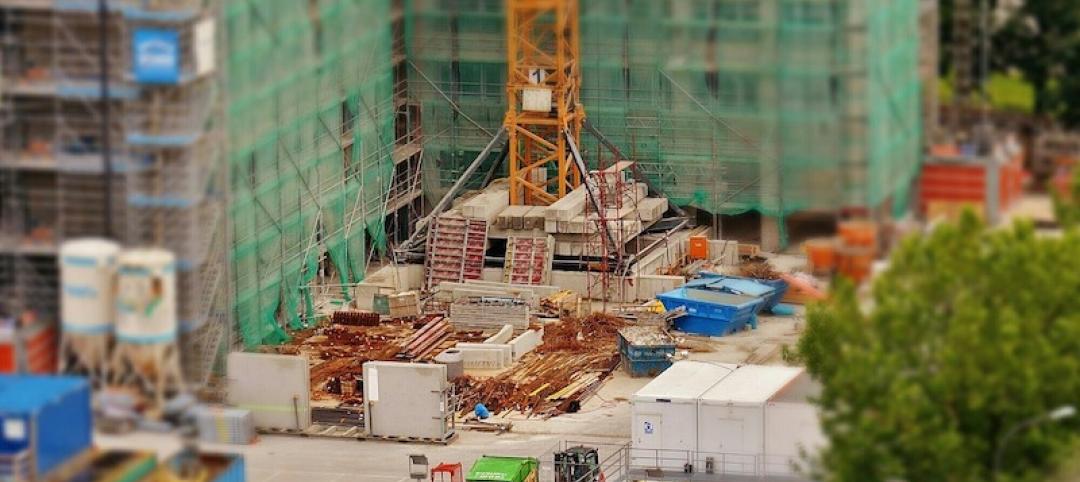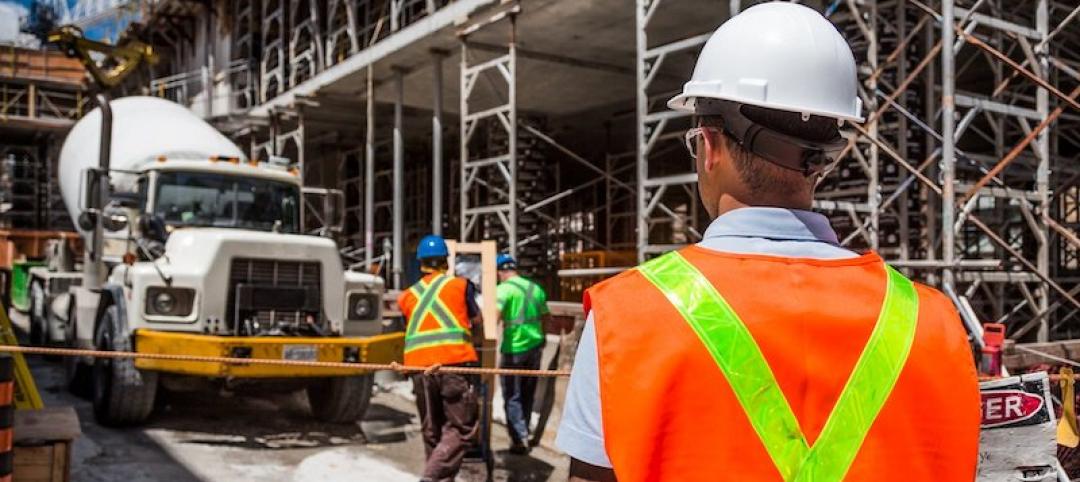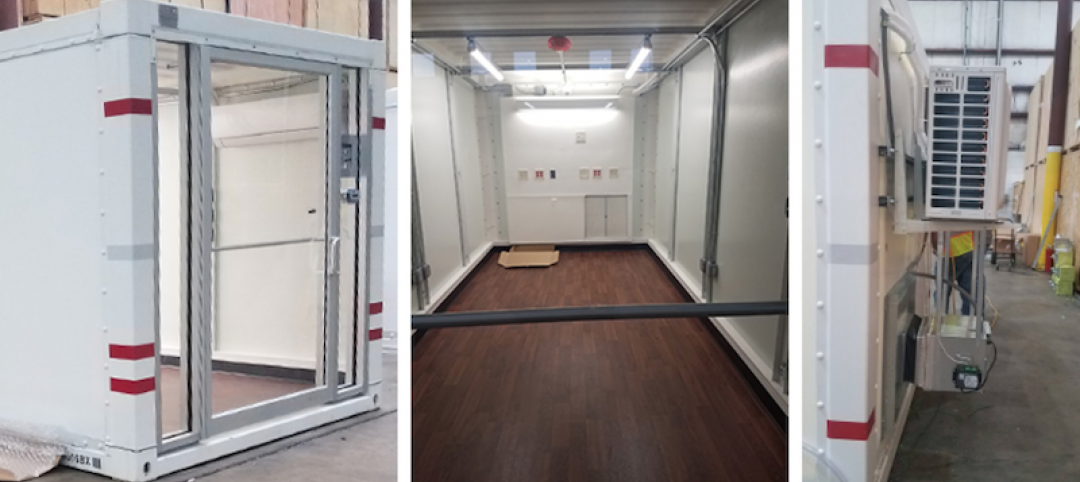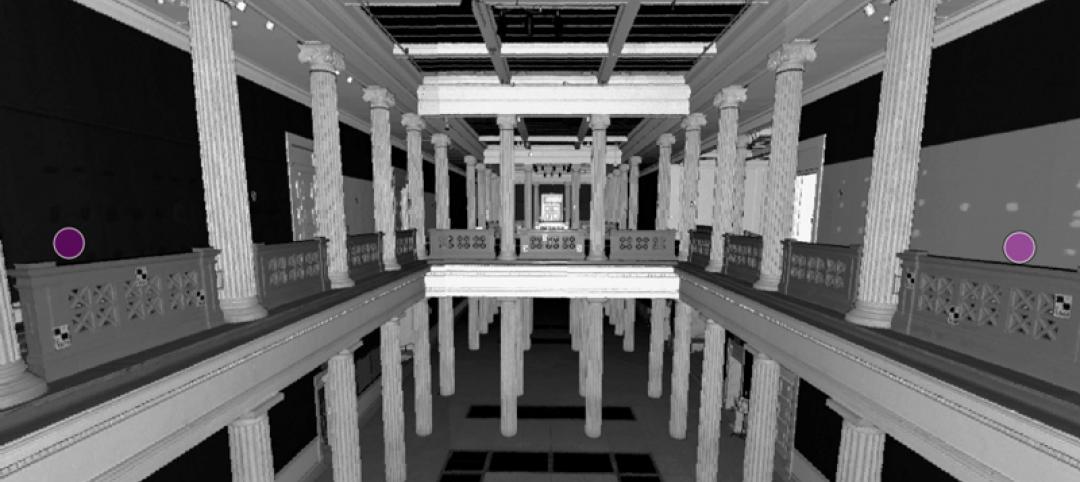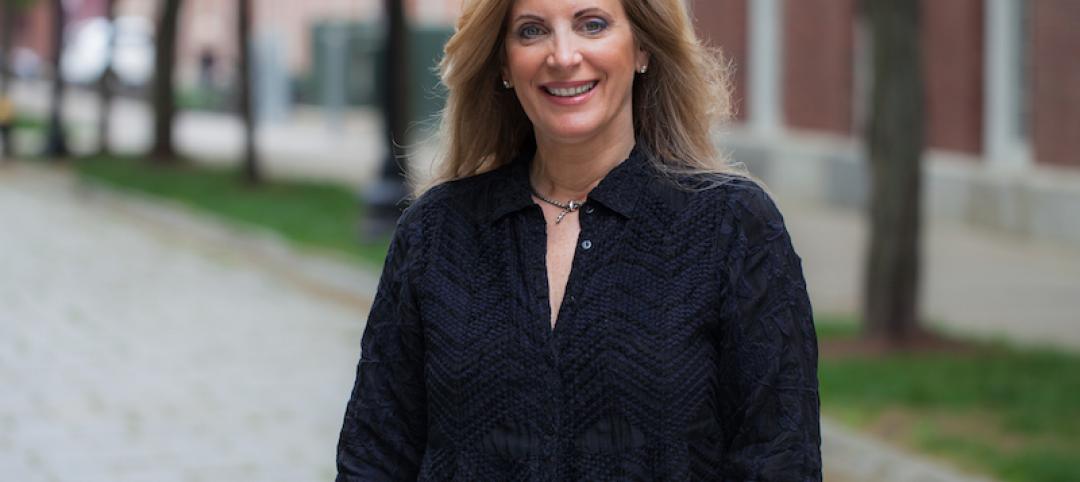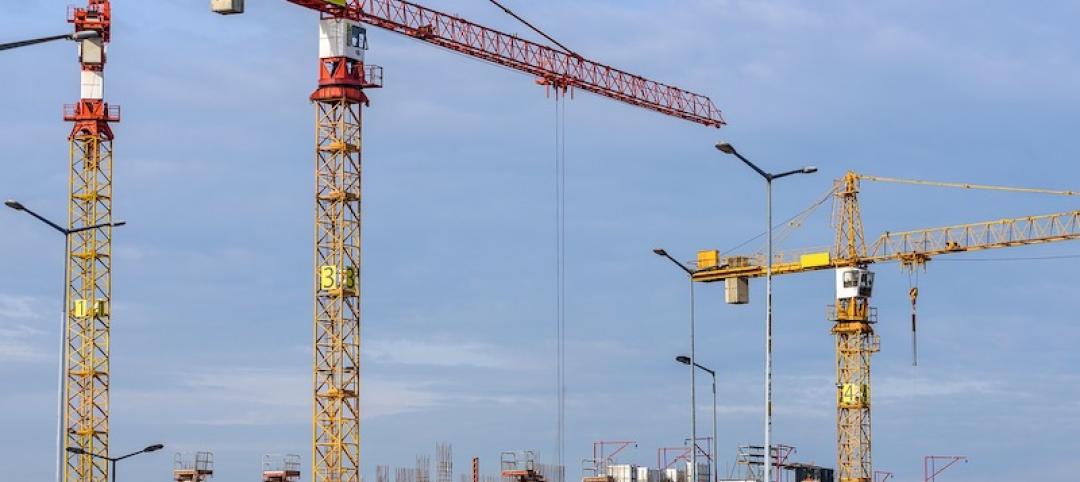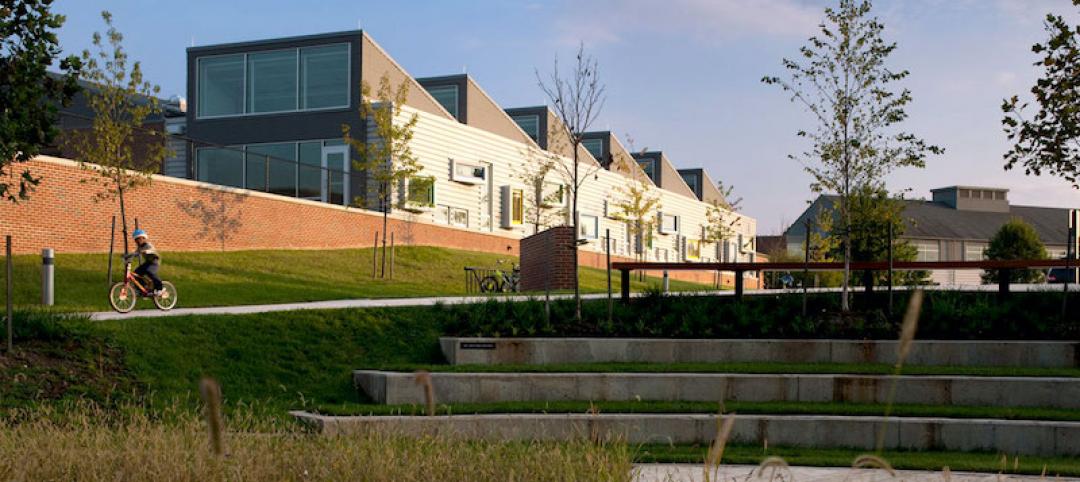Leading our company through the pandemic put everything we knew to the test. Teams were forced to pivot strategy, behaviors, and tactics for the protection of the business during a once-in-a-generation public health crisis. As the pandemic evolved, new challenges arose, and with them, so did the leadership strategy necessary to navigate the crisis.
As we look to the future, there are some lessons we at Shawmut plan to take with us into the post-pandemic world. We should see 2020 as a unique learning opportunity and apply the valuable lessons we learned to the way we do business in the future – to rethink engrained practices, leadership styles, and outdated protocols.
Here are the top five strategies Shawmut adopted during the pandemic, which we credit for helping us to effectively navigate the crisis, and that we intend to uphold in the new, post-pandemic world.
1. RECOGNIZE THE IMPORTANCE OF HANDS-ON LEADERSHIP AND NIMBLENESS
In a time of crisis, you need not only leaders with vision but also team players who can roll up their sleeves to get the job done – people who are engaged and part of the solution, who can not only bring the vision but also execute it.
During the early days of the pandemic, companies were forced to make decisions with little or mixed guidance from authorities. We needed to move quickly, be decisive, analyze the best information we could get, and leverage networks to make decisions to keep moving forward without the luxury of time.
THE SHAWMUT STRATEGY To make these fast-paced, real-time decisions in response to rapidly changing conditions, the executive leadership team immediately moved to 15-minute daily huddles to work faster to get aligned, uncover critical boots-on-the-ground data, and communicate more to help the business thrive.
This well-balanced, hands-on leadership style provides a greater understanding of your business, clients’ needs, develop a deeper rapport, and build employee morale. Today, strategy isn’t enough. The leadership need to be equally skilled at execution and be willing and able to make adjustments quickly.
2. EXPRESS CONCERN FOR WELL-BEING AT AND OUTSIDE OF WORK
The pandemic certainly took a mental toll on everyone. For myself, I recognized it was critical for me to manage my own energy when addressing the company and help overcome the pandemic-induced languishing – a sense of stagnation and emptiness – that many were experiencing, to keep energy levels high and help teams thrive.
THE SHAWMUT STRATEGY We began each executive meeting by asking, “How are our people doing, and what do they need?” We worked to acknowledge our people effusively and publicly for all the hard work being done to help us come back stronger. Being cognizant of energy drains and how to manage energy levels of teams to help them thrive is a continuing responsibility and goal for our leaders.
Similarly, as the virus raged on, it became commonplace for managers and coworkers to inquire about each other’s well-being outside of work, especially as we saw endless injustices impact many of our communities. It was important to think outside of our own experiences to make sure we put ourselves in others’ shoes and take the time to reach out if someone was hurting.
Continuing this practice brings a level of humanity to the workplace and the acceptance of the whole person who works with you and for you. These empathetic actions truly build strong bonds and feelings of belonging no matter what is happening around us and contribute to a strong organization.
3. NURTURE GRASSROOTS INNOVATION
When faced with a new set of challenges and a race to find solutions, we turned to grassroots innovations to help overcome new barriers caused by the pandemic.
At the onset, our field teams looked to reduce hand-to-hand, face-to-face interaction and improve the ways we track our staff and partners working onsite
THE SHAWMUT STRATEGY Our people helped develop innovative systems that led to the creation of Shawmut Vitals — a custom-built platform designed to check for COVID-19 symptoms and manage contact tracing.
Thanks to this and other innovative, boots-on-the-ground ideas, we mobilized internal corporate resources to accelerate the vetting process and went to market with remarkable speed—going from concept to implementation in the field in just under two weeks.
Make an effort to drill down into the organization to harness the best ideas from all levels. Soliciting ideas and input from the people who are actually in place, doing the day-to-day work, and adopting a “buy it and try it” attitude is one of the best ways to improve processes and uncover innovations.
4. CHALLENGE EVERYTHING
Throughout the pandemic, leaders had to take a hard look at all decisions being made and resources being used to weather the storm. Due to ever-changing rules and regulations, we just could not do everything the way we were accustomed to, so we had to look for new ways to accomplish the same goals, some of which proved to be better solutions.
THE SHAWMUT STRATEGY It’s always prudent to ask, “Is this approach the best way or just the way we have always done it?” This should be common practice even in the best of times to drive continuous improvement.
5. BE INTENTIONAL ABOUT NURTURING RELATIONSHIPS
Without organic, daily interactions with coworkers or events where we see clients or partners, we had to be intentional about nurturing relationships. Actively checking in and connecting with your network will help ensure you keep those relationships — and develop new ones — with those that matter most and not leave it to chance.
THE SHAWMUT STRATEGY Being intentional with more frequent corporate communications is key as well — there’s no such thing as overcommunication during a crisis. Our once quarterly companywide town halls weren’t enough. I moved to multiple weekly companywide communications, including regular virtual all-hands meetings with our top 100 leaders.
In addition to messages from me, we made sure to have communications cascade down and be delivered by different layers of management throughout the firm. It stabilized and advanced the organization by inspiring confidence, earning trust and engaging stakeholders.
It’s always a good practice to keep staff and stakeholders in the loop by engaging leadership at all levels to deliver and reinforce key messages.
Frequent and transparent communication has been shown to promote a more collaborative culture, higher levels of trust and engagement, and greater productivity for our people.
ABOUT THE AUTHOR
Les Hiscoe is CEO of Shawmut, a $1.5 billion national construction management firm headquartered in Boston, with 9 regional offices around the country.
Hiscoe graduated from the University of New Hampshire with a BSCE. He is a graduate of the Executive Leadership Institute at MIT’s Sloan School of Management and is a registered professional engineer.
Hiscoe sits on the Board of Directors for ACE Mentor Program New York and Rebuilding Together NYC. He is a Member of the Corporation for the Perkins School for the Blind and a Trustee of Roger Williams University.
Related Stories
Coronavirus | Apr 23, 2020
It's time to make your back-to-the-office plan
Here are some practical, tactical considerations for reuniting.
Coronavirus | Apr 22, 2020
Architecture Billings Index points to major downturn in commercial construction
Largest monthly decline in billings a direct result of pandemic response.
Coronavirus | Apr 22, 2020
Construction activity in 2020 expected to drop steeply
[Dodge survey] Contractors girding for recession.
Coronavirus | Apr 21, 2020
COVID-19 update: CallisonRTKL, Patriot, PODS, and USACE collaborate on repurposed containers for ACFs
CallisonRTKL and PODS collaborate on repurposed containers for ACFs
Coronavirus | Apr 20, 2020
Virtual site visits help control infection on project sites
As COVID-19 threatens to slow construction work, point cloud technology helps us work safer and faster.
Coronavirus | Apr 19, 2020
IoT system helps contractors keep their distance on the jobsite
Triax Technologies’ wearable Proximity Trace device can be used for contact tracing.
Coronavirus | Apr 19, 2020
A COVID-19 task force focuses on crisis communications
The Castle Group is partnering with leading health experts to help companies factor science and medicine into their response messaging and actions.
Coronavirus | Apr 17, 2020
NMHC Multifamily Construction Survey shows significant delays in apartment construction
Survey asked construction firms how the spread of COVID-19 is affecting construction permitting, starts, completions, materials and labor.
Coronavirus | Apr 17, 2020
The case for public space in the age of COVID-19
As our daily footprint narrows under “stay at home” measures, we must reconsider our relationship with public spaces.
Coronavirus | Apr 16, 2020
COVID-19: Pennsylvania building products supplier raises $1.2 million for Pittsburgh-area food bank
Pennsylvania building products supplier raises $1.2 million for Pittsburgh-area food bank.


